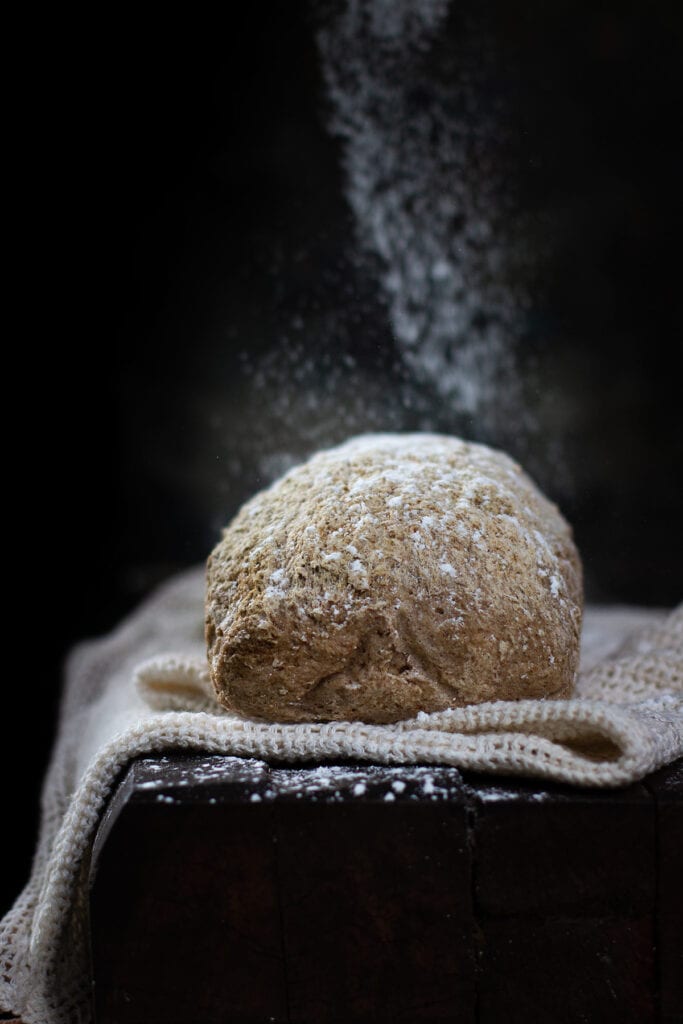
also dairy, yeast and egg free!
It’s a big call labelling your bread the BEST. But I’m confident to back this. I’m christening this recipe the best gluten free bread because it’s actually like bread. For those gluten free bakers out there, you know what I mean. It cuts without crumbling, works for a humble sandwich, and has a lightness to it, all whilst being made with wholefood ingredients.
Keen to get your bake on? Lets go!
The secret is psyllium gel. A wondrous globules gel that gets mixed into the dry ingredients helping everything stick together perfectly. The psyllium gel combined with the right mix of raising agents results in this glorious gluten free bread. The best gluten free bread!
Choosing to bake bread always reminds me of the hierarchy of priorities we all have. Working with different personalities exposes you consistently to a variety of ‘lines in the sand’ people will draw when it comes to food prep and their dietary habits. Some people are more than happy to incorporate baking into their routine and make breads, muffins, cookies – you name it, from scratch. Others are far less inclined and would prefer to buy. Some oscillate between the two variables based on how busy life is. Over the years, I’ve learnt to adapt dietary plans to suit all sorts, and that is 100% fine. However, I must say I am always impressed by those who have habitually eaten a certain way for the entirety of their life, yet are so open to making change.
Fresh to mind this week is some elderly clients that I have found, with no better word to describe, inspirational. These clients range from 70 – 85 years plus. Just think about the ingrained years of patterned eaten and habits. Often, we associate this age with being passed making change. Too ‘set in their ways’. Contrary to popular belief, these clients have embraced change head on. They have been willing to challenge decades of food habits and learn new ways. They have tried ingredients they have never cooked with, hunted down products outside their usual comfort zone of shopping, all with an eagerness to embrace change and feel well.
Many people at this age can settle into excepting their life and level of health as ‘just ageing’. In countries like Italy, it’s not uncommon to see a 90-year-old walking up a hill with bags of market groceries, whereas here is Australia there can be a defeated attitude to health after 60. Immobility, aches, and pains passed off as ‘I’m just getting old’. High cholesterol, visceral weight gain passed off as ‘this is part of ageing’. I find it exhilarating how these clients challenge that notion head on. I feel myself waiting to scream their praise from the roof top for bucking against societies norm. I want to praise them for not excepting mediocre and demanding greater, health no matter their age.
I think we can all take a page from their book and learn from this. When change seems too daunting, too hard, then think of what it must be like to challenge this in your later years. If they can do it, why can’t we?
Common bread baking recipe adaption questions
Whenever I post a baking recipe the most common questions surround swaps for flours and raising agents that people may not have in their pantry. So, in advance, here are some suggestions for adaptions or swaps for the best gluten free bread:
- Sorghum flour – I buy mine readily from my local health food store in bulk. I also used to get it really easy at The Source Bulk Foods. If you are struggling to find sorghum flour you could swap it for buckwheat flour or millet or even brown rice flour. Keep in mind this will change the taste and texture of the bread depending on the flour you use, as sorghum flour is a more neutral flavour.
- Tapioca flour – if you would like to swap this flour I would recommend at least a lighter flour option like potato starch, rice flour, perhaps even millet flour. Tapioca provides a lightness to the bread and also helps with the stickiness of the mixture. Again, if you make this swap you will see a change in the density of the bread and flavour.
- Cream of tartar – if you do not have this ingredient I would recommend adding another 1/4 tsp of bicarbonate soda to help with the rise of the bread.
- Psyllium husk – this ingredient is essential. Please do not try and make this bread without psyllium husk as it will not work!
If you have any more questions abut modifying this recipe, be sure to leave a comment below. I am always happy to help out and find a ingredient sub or tweak to make it work for you. Did you know our clinic specialises in gut health nutrition? Learn more here.
Enjoy! x
Like what you’re seeing? Subscribe for new recipes and nutrition tips every week!
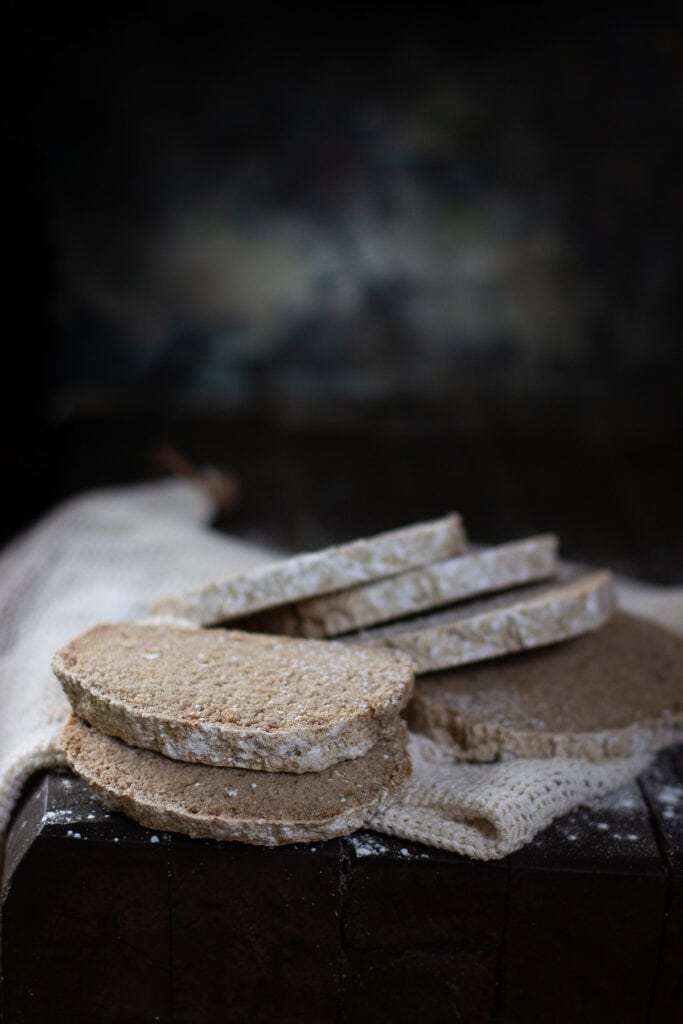
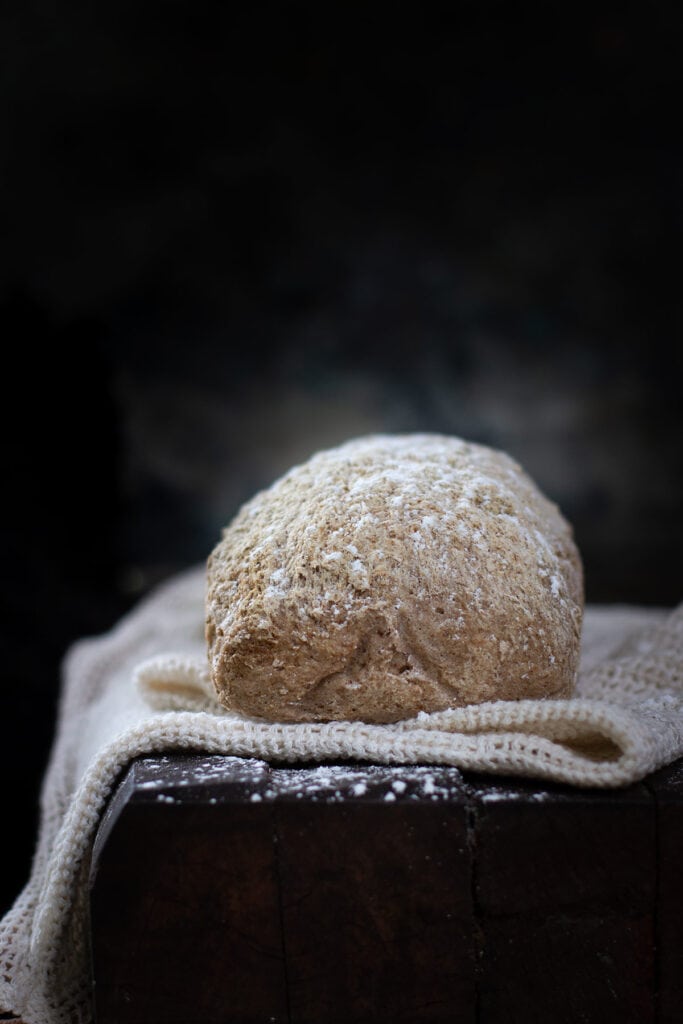
Need personalised nutrition advice catered to your needs?
If you are after personalised nutrition advice and dietary planning individualised to your health and dietary needs then contact us at The JCN Clinic with your enquiry. We are always happy to answer any questions you have!
The Best Gluten Free Bread
- serves
- makes 14 slices
- preparation time
- 15 min
- cooking time
- 50 – 55 min
ingredients
- 1/4 cup psyllium husk
- 2 & 1/4 cup water
- 1 cup brown rice flour
- 1/3 cup tapioca flour
- 1 cup sorghum flour
- 1/2 cup buckwheat flour
- 2 teaspoons baking powder
- 1/2 teaspoon bicarbonate soda
- 1/2 teaspoon cream of tartar
- 1/2 teaspoon salt
- 1 teaspoon apple cider vinegar
method
Please see notes above on my recommendations for adaptions and swaps for this gluten free bread recipe.
This bread was inspired by Ela Vegan and my mums quest for an alternative gluten free bread.
- Preheat oven to 180c, fan forced.
- In medium sized bowl mix the psyllium husk with the water and set aside. It will form into a gel over the next 10 -15 minutes.
- In a large mixing bowl combine the brown rice flour, tapioca flour, sorghum flour, buckwheat flour, baking powder, bicarbonate soda, cream of tartar and salt. Mix well.
- Line a standard size loaf tin with baking paper and set aside ready for the mix.
- Add the apple cider vinegar to the psyllium gel mix and whisk in.
- Make a well in the centre of the flour mix and pour in the psyllium gel. Mix well with a wooden spoon bringing the mix together.
- After the mix has come together use your hands to form into a ball and gentle knead together for a few minutes. The dough should be a little sticky but should hold together well. If it seems too wet add a touch of flour. Conversely if it seems to dry add a touch of water.
- Make a rough loaf shape (like an oval) with the dough and then place the dough into the loaf tin. Use your hands to push it into the corners. You can dust the top with some tapioca flour if you like (more for looks).
- Place in the oven for 50 – 55 minutes checking at the 30 minute mark. If you feel the bread is browning too quickly cover the top with a piece of baking paper.
- Remove the bread from the oven and allow to cool in the tin for 10 minutes. Once it has cooled down, gentle flip upside down on a wire rack to remove from the tin. Turn the bread up the right way again and leave to cool, ideally before slicing. In saying this, you should be able to slice a piece off to eat straight away if you want to tuck in!
- Store your Best Gluten Free Bread in an airtight container for up to 2 days, or in the fridge for 5 days. Ideally cut up while fresh on day 1 or 2 to maintain freshness to the bread.
nutritional information for The Best Gluten Free Bread
Nutritional information based on 1 cup serve.
| Calories/KJ | 110 cal/460 kj |
| Total Fat | 0g |
| Saturated Fat | 0g |
| Total Carbohydrates | 25g |
| Sugars | 0g |
| Fibre | 5g |
| Protein | 2g |
Jessica Cox is a qualified practicing Nutritionist with a Bachelor Health Science (Nutrition) and over 15 years of clinical experience. She is the founder and director JCN Clinic, published author and established recipe developer. Jessica is well respected within health and wellness space for her no fad approach and use of evidence-based nutrition.

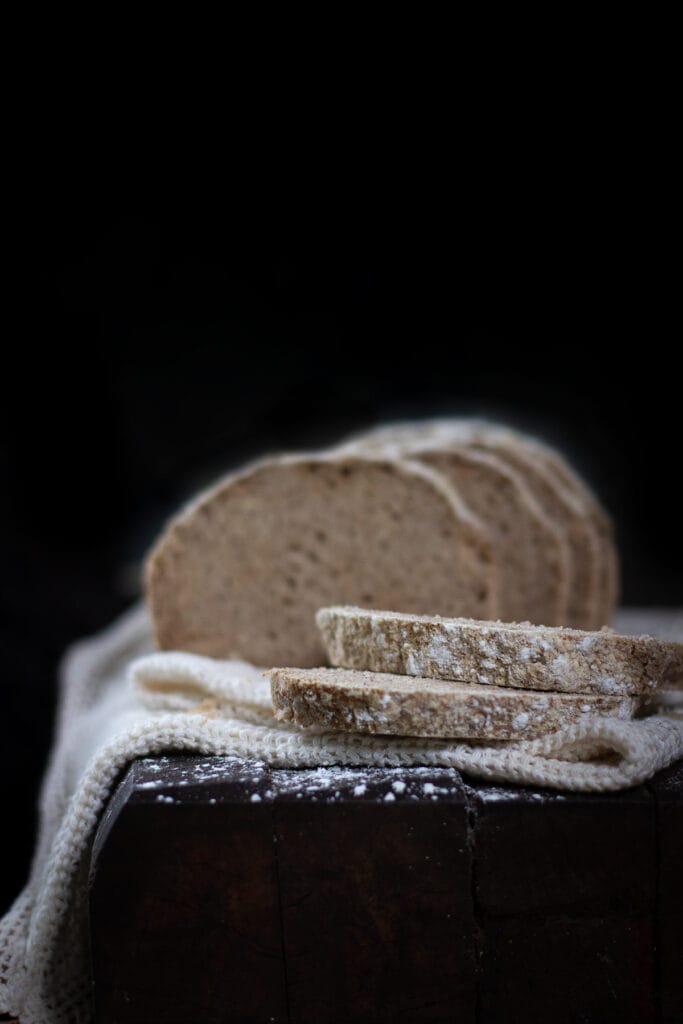
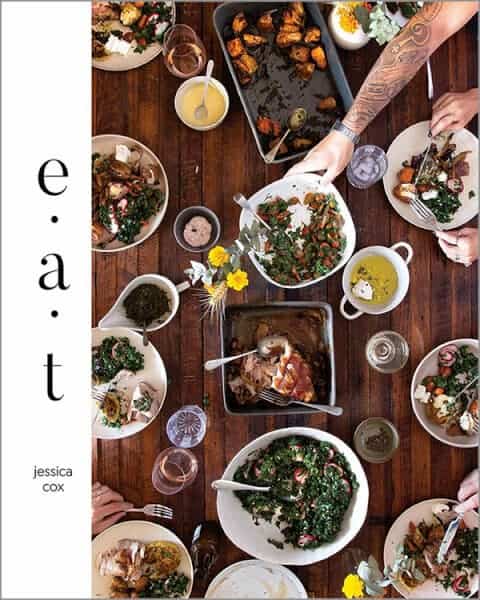


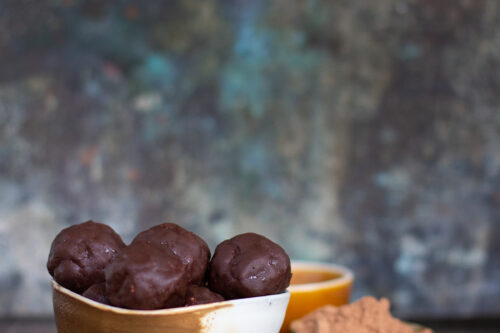

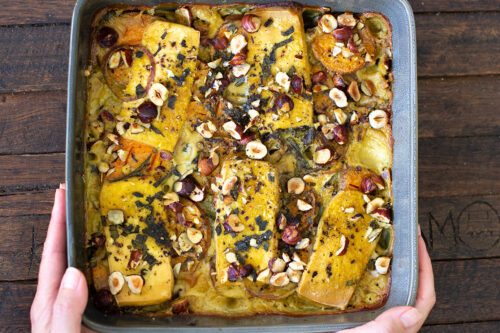
I swapped 1 cup of sorghum for 1 cup of teff and it worked great!! A nutty earthier flavour but still really delicious!
Thanks so much for sharing Natasha! Really helpful for others looking to make modifications and swaps. xx
I couldn’t find any sorghum flour so substitute with millet flour. It worked really well. Although I think I might have underbaked it a little bit. A touch longer in the oven next time round!
Hi Willow. So pleased to hear the flour swap worked for you. Definitely sounds like a little more oven time. I often put a piece of baking paper over the top of the bread if I think the top is getting a bit too brown and want the loaf overall to have longer in the oven. 😉
This is amazing bread. I think I am addicted to it. So many recipes say they are ‘The Best’ of whatever they are, and fall flat. It is all so personalized, taste, texture, etc. I finally think I have found ‘My Best’ Thank you so much Jessica. I love it.
Robyn you just made my day! Thanks so much for taking the time to let me know this, its just an absolute joy to hear. It also gave me the kick I needed to back another loaf myself today! x